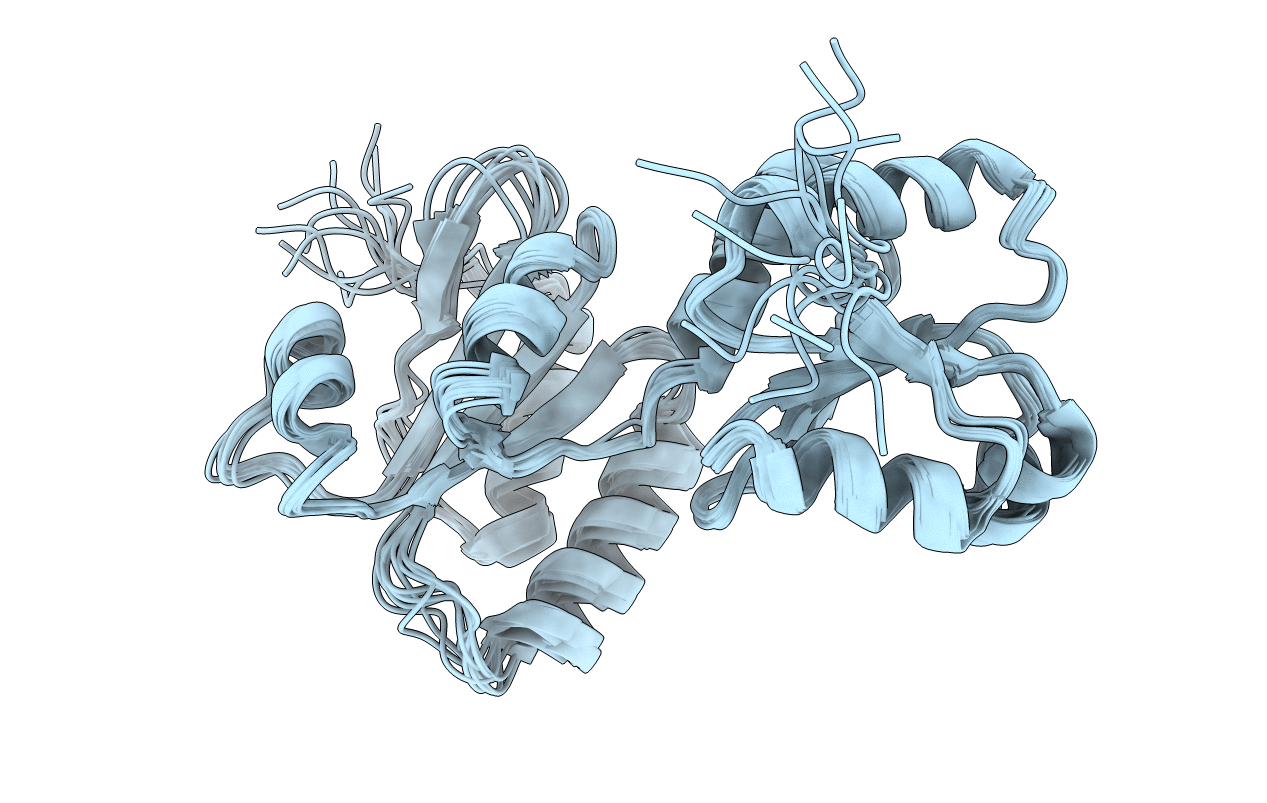
Deposition Date
2008-02-22
Release Date
2008-04-29
Last Version Date
2024-05-29
Entry Detail
PDB ID:
2K18
Keywords:
Title:
Solution structure of bb' domains of human protein disulfide isomerase
Biological Source:
Source Organism:
Homo sapiens (Taxon ID: 9606)
Host Organism:
Method Details:
Experimental Method:
Conformers Calculated:
200
Conformers Submitted:
10
Selection Criteria:
structures with the lowest energy and the least restraint violations


